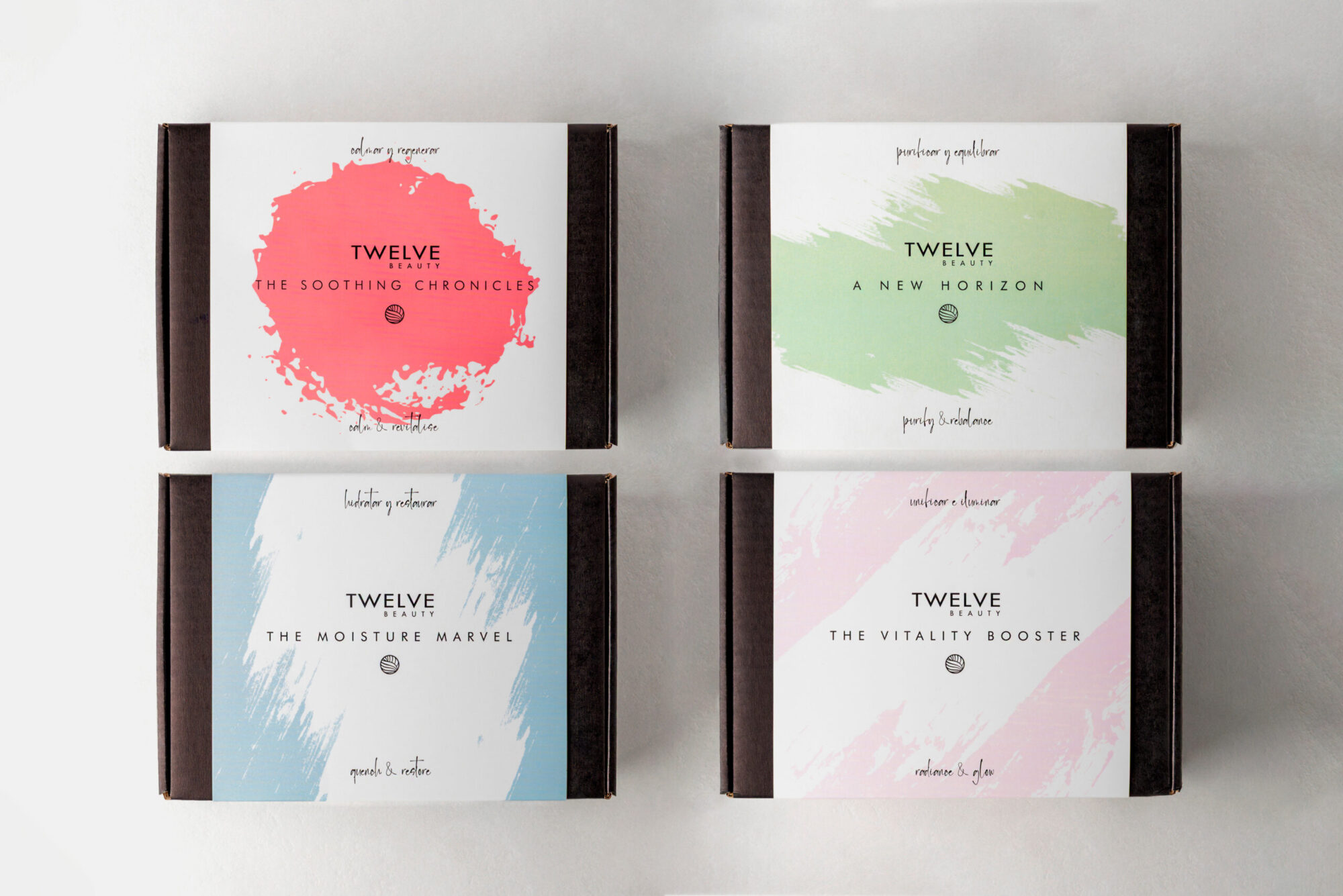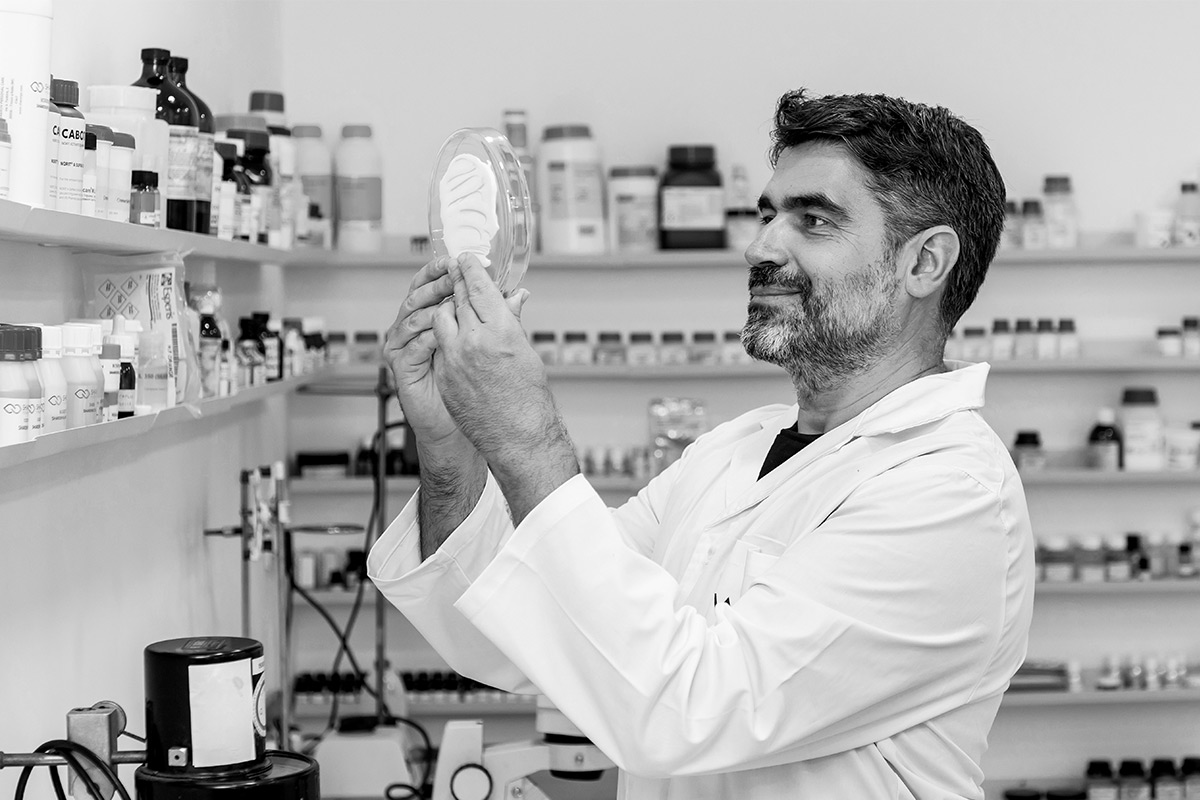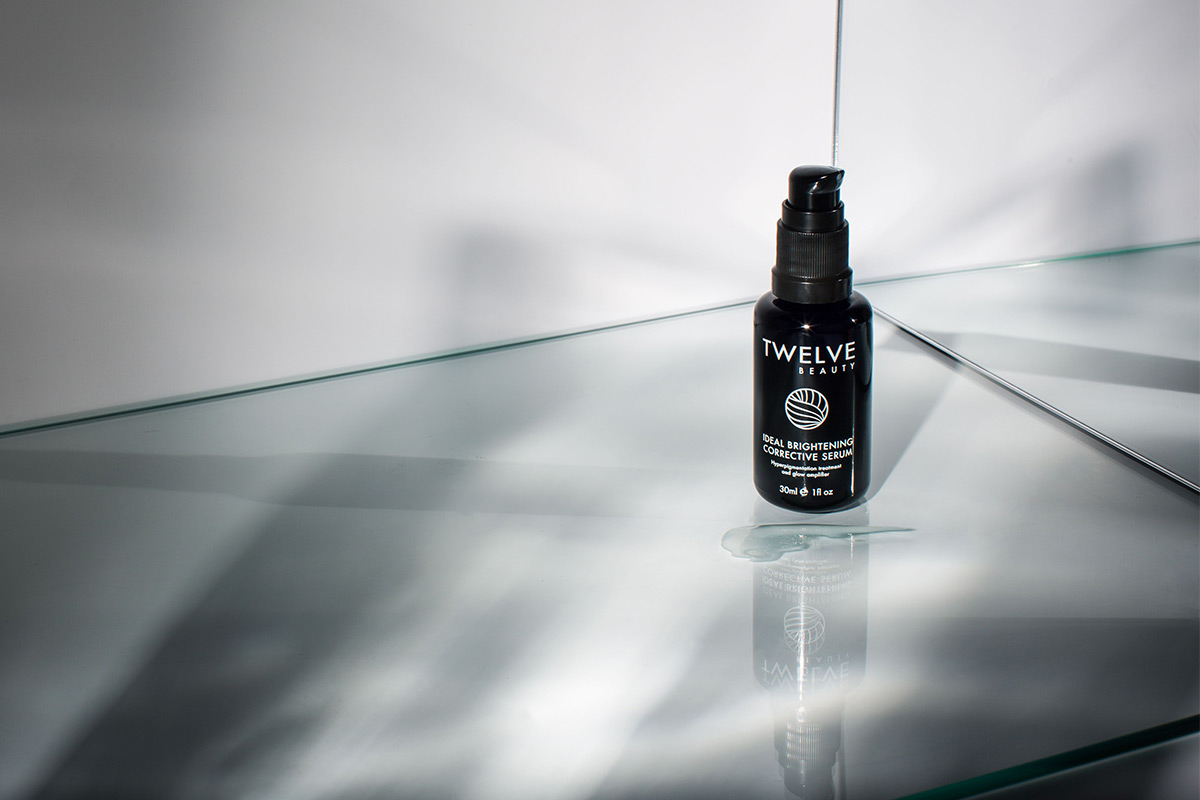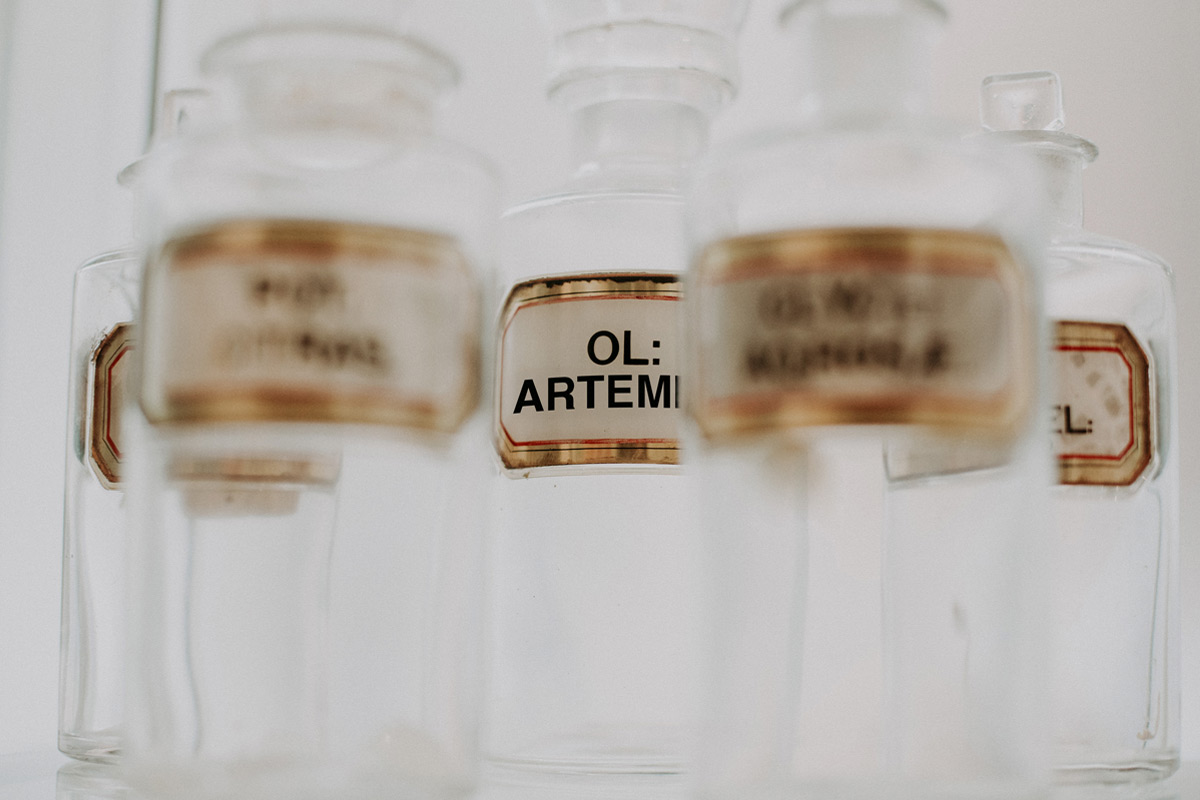7 Ways to Keep Uneven Skin Tone at Bay This Season
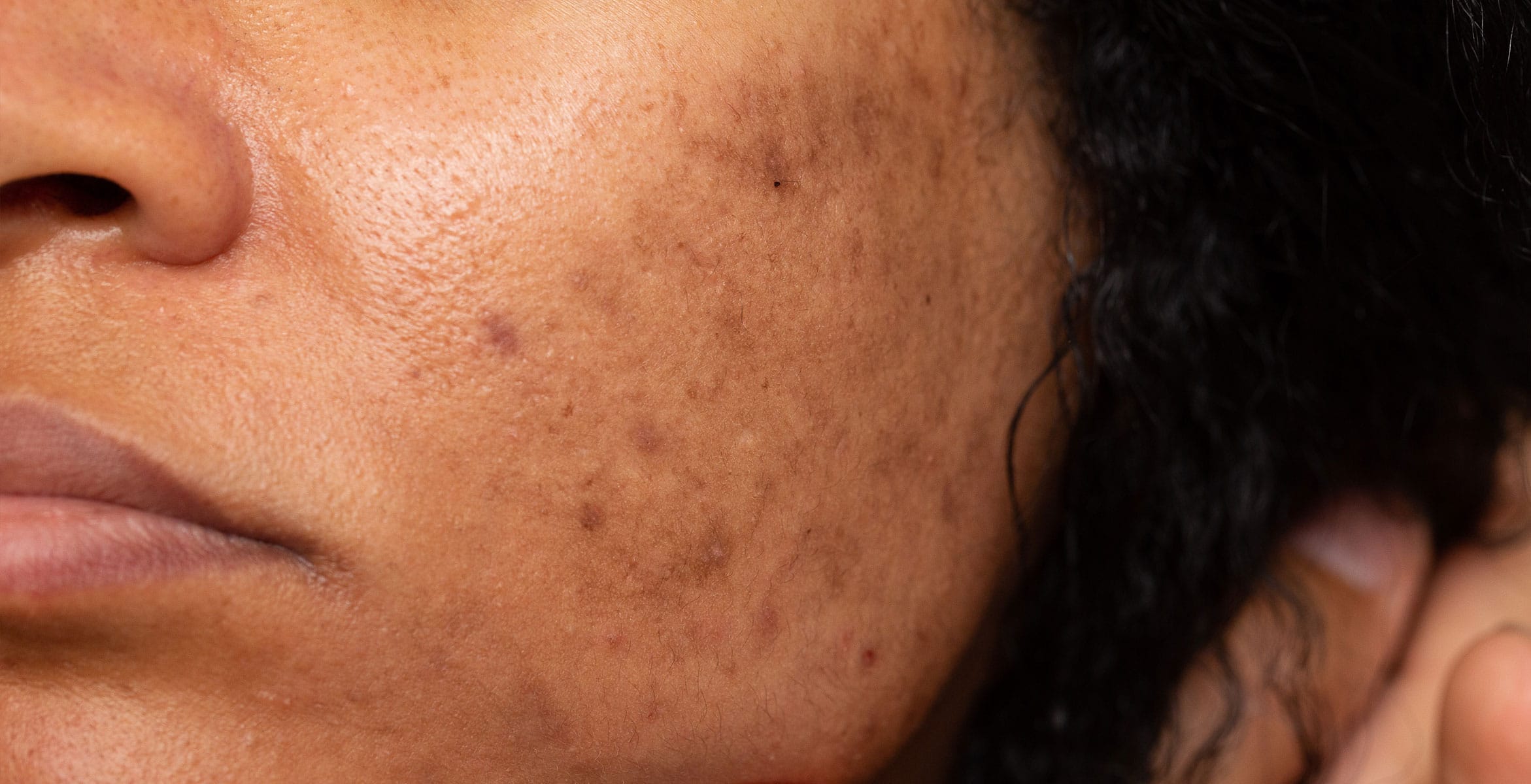
Uneven skin tone is a widespread concern that many of us face at some point, those frustrating patches of discolouration, dark spots, or redness that interrupt an otherwise clear complexion. Whether triggered by sun damage, hormonal changes, or inflammation, hyperpigmentation can impact confidence and skin health. Fortunately, with the right knowledge, routine, and products, it’s possible to manage and even prevent these irregularities effectively.
Before diving into practical tips, it’s important to understand exactly what causes pigmentation issues and why they can be so persistent.
What Causes Uneven Skin Tone?
Uneven skin tone arises from irregularities in the production and distribution of melanin, the pigment responsible for giving skin its colour. Sometimes melanin is overproduced or deposited unevenly, leading to visible discolouration. Several factors contribute:
- Sun Exposure: Ultraviolet (UV) radiation is the primary culprit behind uneven skin tone. When exposed to sunlight, the skin produces melanin to protect itself. However, excessive UV exposure can cause dark patches, age spots, or melasma to develop or worsen. Even a brief time in the sun without protection can aggravate pigmentation.
- Melasma: Commonly called the “mask of pregnancy,” melasma causes symmetrical brown or grey patches primarily on the face. While it often relates to hormonal changes during pregnancy, menopause, or contraceptive use, melasma can affect anyone – especially when sun exposure is involved.
- Post-Inflammatory Hyperpigmentation (PIH): After skin trauma like acne, insect bites, or eczema heals, dark spots may remain. These marks can be persistent, especially if the skin is left unprotected from the sun.
- Age Spots and Freckles: Also known as lentigines, age spots tend to appear with cumulative sun exposure and ageing. Freckles are typically hereditary, more common in fair-skinned individuals, and can darken with UV exposure.
- Environmental and Lifestyle Factors: Pollution and blue light from screens produce oxidative stress, which worsens melanin irregularities. Additionally, inflammatory diets, chronic stress, and certain medications may contribute to uneven pigmentation.
Understanding these causes helps highlight why prevention and targeted treatment are essential to keep hyperpigmentation under control.
Here are 7 practical ways to keep uneven skin tone at bay this season, helping your complexion stay balanced, radiant, and healthy:
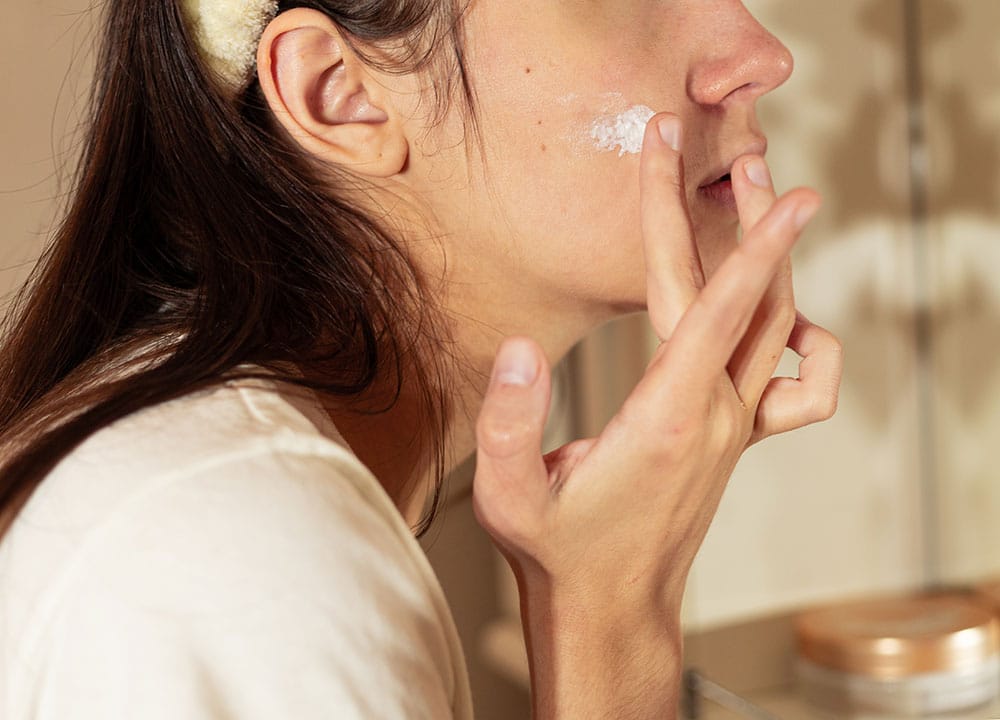
1. Prioritise Broad-Spectrum Sun Protection Every Day
Sun exposure remains the number one cause and aggravator of uneven skin tone. Ultraviolet (UV) rays stimulate melanin production, which leads to the formation or darkening of pigmented patches such as melasma, age spots, or post-inflammatory hyperpigmentation.
Key to prevention: Choose a high-quality, broad-spectrum sunscreen that blocks both UVA and UVB rays. Mineral sunscreens with zinc oxide or titanium dioxide are ideal as they physically shield the skin without penetration.
Apply sunscreen liberally, not just on the face but on all exposed areas: neck, chest, hands, and arms. Remember, UV rays can penetrate clouds and glass, so daily use is essential, rain or shine.
Twelve Beauty recommendation: Both Artemisia Power Protection Moisturiser SPF50+ and its tinted version offer mineral-based sun protection combined with potent antioxidants like Artemisia and Buddleja extracts. These non-nano, natural formulas shield against UV damage and pollution while providing a lightweight, matte finish, perfect for everyday use.
2. Use Targeted Uneven Skin Tone Products to Brighten and Correct
Treating uneven skin tone effectively means blocking melanin overproduction, reducing inflammation, and accelerating skin renewal.
Look for products formulated to inhibit tyrosinase – the enzyme responsible for melanin synthesis – and rich in antioxidants and soothing botanicals.
Our star product: Ideal Brightening Corrective Serum combines peppermint, yarrow, mallow, and other plant extracts to reduce dark spots, calm inflammation, and improve overall skin luminosity. Safe for all skin types, including sensitive skin, and suitable during pregnancy and breastfeeding, it’s a powerful tool in your uneven skin tone treatment arsenal. Its no-photosensitive formula can be used night and day.
For gentle exfoliation that promotes skin renewal without irritation, The London Mask is a handmade clay mask that lightly exfoliates, helping to fade dark patches and boost radiance without dryness.
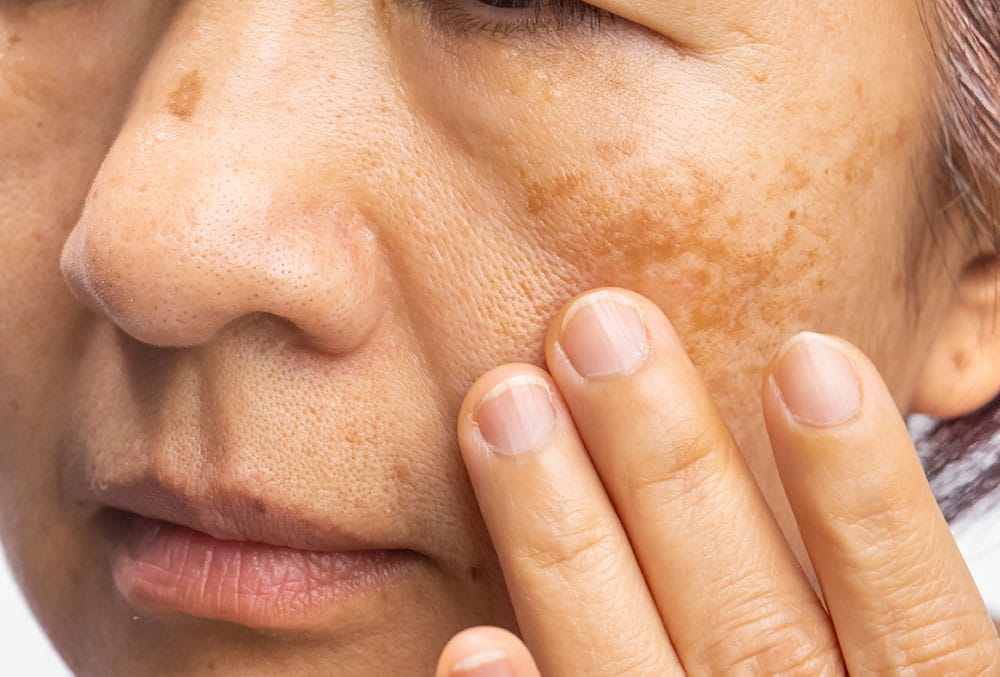
3. Adapt Your Skincare Routine Seasonally to Avoid Sensitivity
Many effective brightening ingredients, like retinoids and acids, can increase sun sensitivity. During sunnier months or intense UV exposure seasons, adjust your routine accordingly:
- Avoid using photosensitising actives during the day.
- Reserve potent ingredients like retinaldehyde or kojic acid for nighttime use.
- Always pair such treatments with rigorous sun protection to prevent worsening uneven skin tone.
This seasonal skincare adaptation is crucial to managing melasma and other pigmentation issues while protecting your skin barrier.
4. Be Gentle - Avoid Over-Exfoliation and Photosensitisers
Over-exfoliating can disrupt your skin’s protective barrier, increasing inflammation and making uneven skin tone worse.
Limit exfoliation to once or twice a week, using mild formulas that support healthy cell turnover without irritation.
Also, beware of skincare products with harsh chemicals or allergenic ingredients that can cause inflammation and pigmentary changes.

5. Support Your Skin with Antioxidants and Hydration
Oxidative stress from pollution, blue light, and UV rays triggers melanin production and skin ageing.
Incorporate antioxidant-rich products to neutralise free radicals and reduce the oxygen needed for melanin synthesis.
Hydration also aids skin repair and helps maintain barrier integrity, reducing the likelihood of discolouration.
6. Adopt Lifestyle Habits That Help Maintain an Even Skin Tone
Your skin reflects your overall well-being. Managing uneven skin tone benefits from holistic care:
- Limit sun exposure during peak hours and wear protective clothing.
- Manage stress through mindfulness and rest; stress hormones can worsen pigmentation.
- Eat a balanced diet rich in anti-inflammatory foods and antioxidants.
- Choose makeup wisely, avoiding irritating pigments or preservatives.
- Avoid smoking and limit alcohol consumption to reduce inflammation.

7. Know When to Seek Professional Advice and Treatments
While a diligent skincare routine is fundamental, some pigmentation issues may need expert care.
Chemical peels, laser therapy, or medical-grade treatments can accelerate results but must be done cautiously to avoid aggravation.
Be wary of aggressive treatments or ingredients like hydroquinone without supervision, as they can cause irritation or paradoxical pigmentation.
Consult dermatologists or skincare professionals experienced in uneven skin tone and melasma for tailored treatment plans.
Your Path to Even, Radiant Skin
Uneven skin tone is a multifaceted issue influenced by sun exposure, hormones, inflammation, and environmental factors. Effective management hinges on daily, broad-spectrum sun protection, adapting your skincare routine with gentle exfoliation and potent botanical treatments, and making mindful lifestyle choices.
Our thoughtfully crafted range – including the Artemisia Power Protection Moisturiser SPF50+, Ideal Brightening Corrective Serum, and The London Mask – offers you a natural yet science-backed approach to support your skin’s balance and beauty.
Invest in quality, consistent care and protection. Your skin will thank you with a healthier, more even complexion that glows with natural radiance this summer season.
